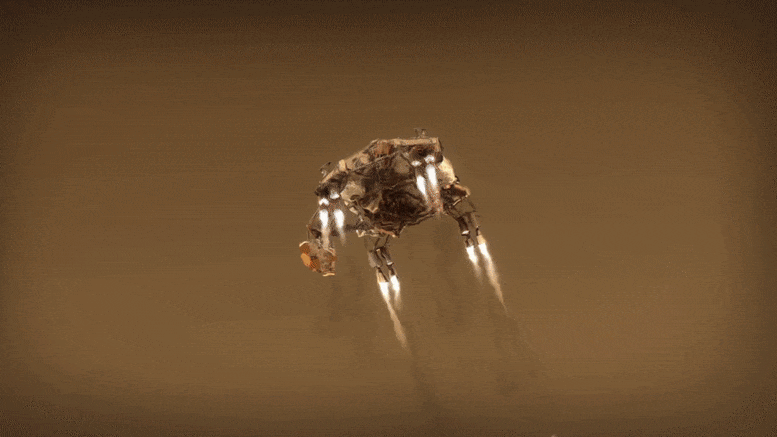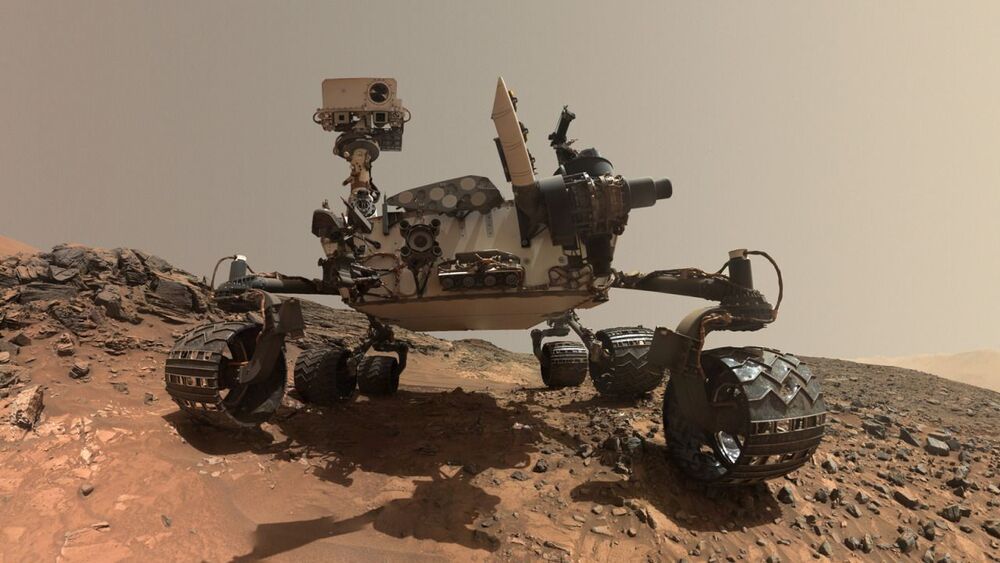Commercial spaceflight companies are preparing to enter a new market: suborbital flights from one place to another on Earth. Aiming for fast transportation for passengers and cargo, these systems are being developed by a combination of established companies, such as SpaceX and Virgin Galactic, and new ones like Astra.
Category: space travel – Page 296

Watch NASA’s Exciting Mission Trailer: Perseverance Arrives at Mars
After nearly 300 million miles (470 million km), NASA ’s Perseverance rover completes its journey to Mars on February 18, 2021. But, to reach the surface of the Red Planet, it has to survive the harrowing final phase known as Entry, Descent, and Landing.
The mission uses technological innovations already demonstrated successfully, especially for entry, descent, and landing (EDL). Like NASA’s Curiosity rover (, the Mars 2020 spacecraft uses a guided entry, descent, and landing system. The landing system on Mars 2020 mission includes a parachute, descent vehicle, and an approach called a “skycrane maneuver” for lowering the rover on a tether to the surface during the final seconds before landing.

Why I’m flying to space to do research aboard Virgin Galactic
In October, NASA announced the first selection of a scientist to conduct research aboard a commercial spaceflight mission. I am that scientist, and I will be flying aboard Virgin Galactic’s Spaceship 2.
On that flight, which will reach altitudes over 300, 000 feet, I’ll be conducting experiments to further both astronomy and space life sciences.
This is a game-changing move by NASA. Why? Because it represents a normalizing of research in space to be more like other research disciplines, such as field geology, oceanography and volcanology, where researchers do their work themselves in the field, rather than designing, building and testing robots to go in their stead. The end result of this important evolution will be beneficial in many ways.



Atomic-scale nanowires can now be produced at scale
Researchers from Tokyo Metropolitan University have discovered a way to make self-assembled nanowires of transition metal chalcogenides at scale using chemical vapor deposition. By changing the substrate where the wires form, they can tune how these wires are arranged, from aligned configurations of atomically thin sheets to random networks of bundles. This paves the way to industrial deployment in next-gen industrial electronics, including energy harvesting, and transparent, efficient, even flexible devices.
Electronics is all about making things smaller—smaller features on a chip, for example, means more computing power in the same amount of space and better efficiency, essential to feeding the increasingly heavy demands of a modern IT infrastructure powered by machine learning and artificial intelligence. And as devices get smaller, the same demands are made of the intricate wiring that ties everything together. The ultimate goal would be a wire that is only an atom or two in thickness. Such nanowires would begin to leverage completely different physics as the electrons that travel through them behave more and more as if they live in a one-dimensional world, not a 3D one.
In fact, scientists already have materials like carbon nanotubes and transition metal chalcogenides (TMCs), mixtures of transition metals and group 16 elements which can self-assemble into atomic-scale nanowires. The trouble is making them long enough, and at scale. A way to mass produce nanowires would be a game changer.

Lost Jules Verne Novel Made Startlingly Accurate Predictions of our Modern World
Perhaps we need to pay Sci-Fi novels more heed-but which ones?
Nearly 150 years ago, Jules Verne penned a book with remarkably accurate predictions about the world of today. That book, however, was rejected and not brought to light until 1994.
Paris In The 20th Century is a posthumous work by Jules Verne, the legendary writer and traveler. Many consider him the “Father of Science-Fiction” via books such as Twenty Thousand Leagues Under The Sea, Journey To The Centre of the Earth and From The Earth To The Moon. Back To The Future fans will no doubt remember Doc Brown’s passion for the author’s prolific output.
A major appeal of Jules Verne was his ability to make predictions about the future. Paris In The 20th Century, submitted to publisher and mentor Pierre-Jules Hetzel in 1863, was no different. In 2014, The Architectural Review covered the novel, whose predictions included “gas-fueled vehicles that travel on asphalt roads, electric streetlights and, more ominously, indeed chillingly, the electric chair.”


Celebrating 81 Years of Ingenuity
Eighty-one years ago, our world-class research center in California’s Silicon Valley was born. Ground broke on Ames Research Center on Dec. 20, 1939. It was the second aeronautical laboratory established by the National Advisory Committee for Aeronautics to perform fundamental research on all things flight. From its very beginnings, Ames was a place for innovation. Tests performed in its wind tunnels transformed military aircraft during World War II and paved the way for air travel at supersonic speeds. In the 1950s and ‘60s, its researchers looked to the stars and came up with new designs and materials for spacecraft that would make human spaceflight a reality. Fast-forward to the present, and the center contributes to virtually every major agency mission through its expertise in spacecraft entry systems, robotics, aeronautics, supercomputing, and so much more! Here are things to know about Ames.
The Volatiles Investigating Polar Exploration Rover is the latest lunar exploration mission led by Ames. Launching in 2023, the mobile robot will search for water ice inside craters and other places at the Moon’s South Pole. Its survey will help pave the way for astronaut missions to the lunar surface beginning in 2024 as part of the Artemis program.
Make sure to follow us on Tumblr for your regular dose of space: http://nasa.tumblr.com/.
We could travel to new worlds in NASA’s starship Enterprise
Circa 2014
US space agency commissions design for its first warp speed spaceship.